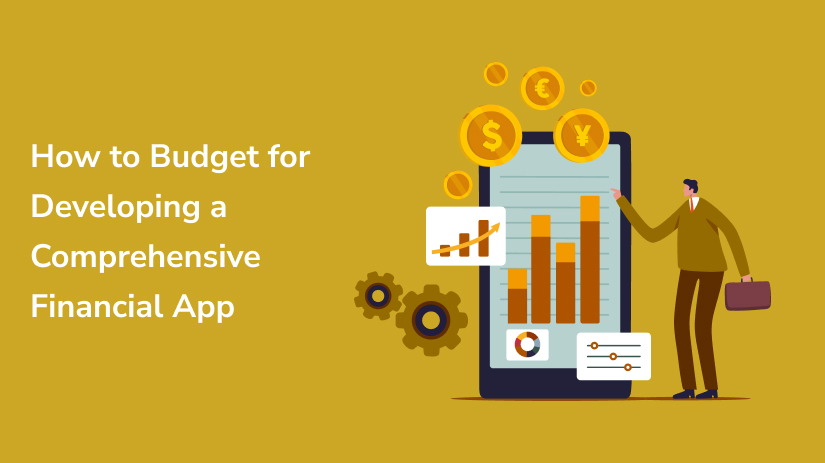In today’s digital age, the demand for robust financial apps is on the rise. Whether you’re aiming to streamline personal finance management or enhance business accounting processes, developing a comprehensive financial app requires careful planning, especially when it comes to budgeting.
In this blog post, we’ll explore the essential steps and considerations involved in budgeting for the development of a financial app, incorporating key insights into financial application development, financial software development, Ruby on Rails development, and fundraising tracking software.
Let’s Start!!
Understanding the Scope and Features
The first step in budgeting for a financial app is defining its scope and features. Consider the primary purpose of your app—is it for personal budgeting, investment tracking, expense management, or perhaps fundraising tracking? Each feature adds complexity and cost to the development process.
For instance, if your app needs integration with banking APIs for real-time transaction updates, this will impact both development time and cost.
Choosing the Right Development Framework
Selecting the appropriate development framework is crucial. Ruby on Rails development, known for its scalability and rapid prototyping capabilities, is a popular choice for building financial apps.
Its robust ecosystem of libraries and tools can accelerate development while ensuring code quality and security.
Connect with us for Fintech Development Needs
Trusted by companies like Plaid, Yodlee, Codat.
Development Phases and Milestones
Break down the development process into phases and define clear milestones. This approach helps in estimating costs more accurately and ensures that development progresses smoothly. Typical phases include:
- Planning and Design: Wireframing, UI/UX design, and prototyping.
- Development: Backend and frontend development, database design, and API integrations.
- Testing: Quality assurance (QA) and user acceptance testing (UAT).
- Deployment: Launching the app and initial user onboarding.
Integrating Fundraising Tracking Software
If your financial app includes fundraising tracking capabilities, integrating specialized software for this purpose is essential.
Fundraising tracking software enables nonprofits and organizations to manage donations, pledges, and campaigns effectively.
Budget for licensing fees, customization if needed, and integration efforts during the development phase.
Budgeting for Maintenance and Updates
Budgeting for ongoing maintenance and updates is often overlooked but critical for the longevity of your financial app.
Allocate funds for bug fixes, security patches, and feature enhancements post-launch. This ensures that your app remains secure, compliant with evolving regulations, and competitive in the market.
Conclusion
Developing a comprehensive financial app involves meticulous planning and budgeting. By understanding the scope, choosing the right development framework like Ruby on Rails, and integrating specialized features such as fundraising tracking software, you can create a robust app that meets user needs and stands out in the competitive landscape.
Remember to budget not just for initial development but also for ongoing maintenance to ensure the continued success of your financial application.
If you’re looking for expert guidance and support in financial software development or Ruby on Rails development, contact us today to discuss your project requirements and get started on building your next-generation financial app.
By incorporating these keywords strategically throughout your content, you can enhance SEO and drive relevant traffic to your website, ultimately contributing to the success of your financial app development endeavor.
Happy Financial App Development!!
Connect with us for Fintech Development Needs
Trusted by companies like Plaid, Yodlee, Codat.





